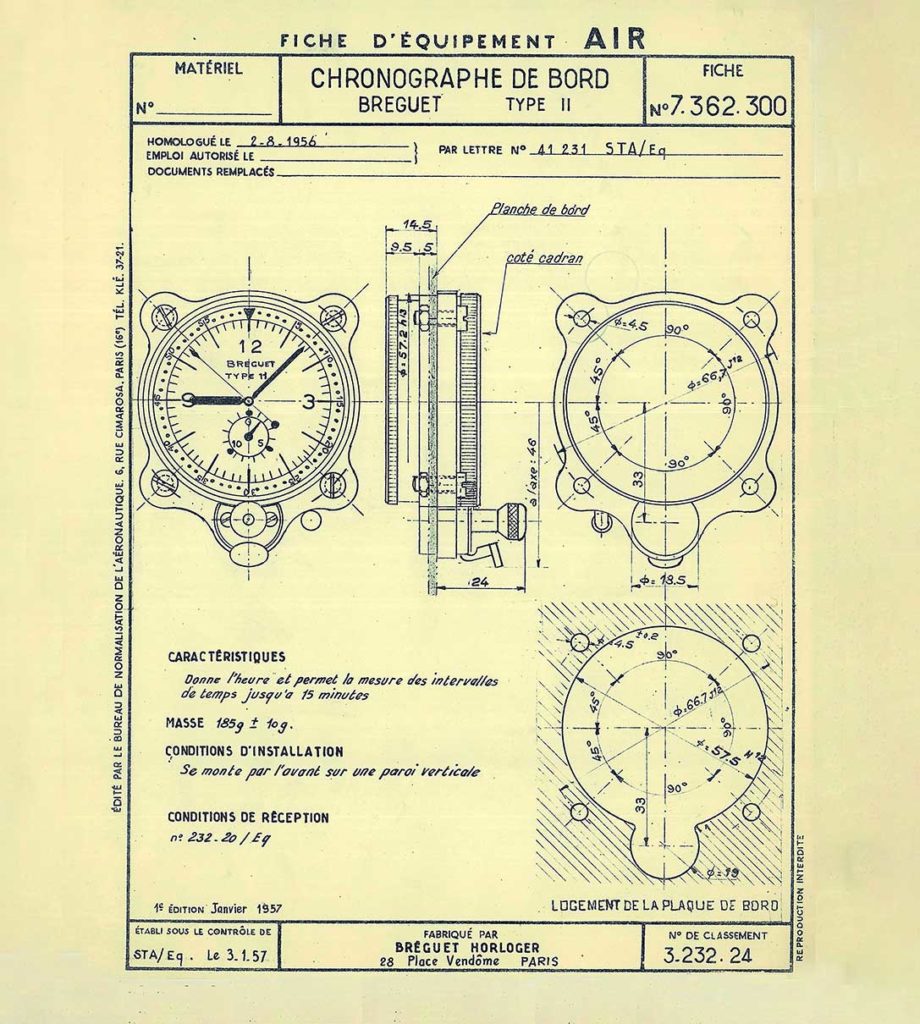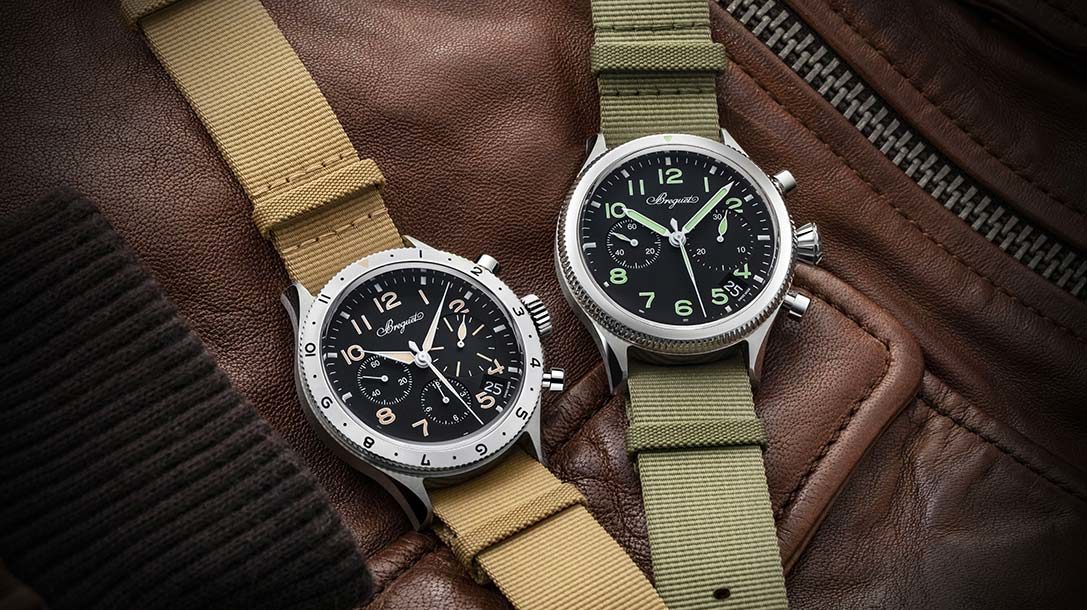
Paris is a cornerstone of Breguet’s rich past, since the city has witnessed a young man from Neuchâtel, Abraham-Louis Breguet (1747-1823), learned the art of watchmaking from the great masters, set up his workshop and gave life to the greatest inventions, both technical and aesthetic, in the science of time, at the end of the 18th century. A few decades later, a young cloud-loving Louis Breguet (1880-1955), a great-great-grandson of the first, also took to the skies of the French capital to launch his airplanes, which also enabled the industry to make great strides in its infancy.
Several generations apart, but the same family name and the same city: Breguet and Paris. One on terra firma, Breguet and watchmaking, to invite men and women to find their bearings in time, the other high in the air, Breguet and aviation, to invite men and women to navigate easily between continents. Thanks to the French Air Force’s call for tenders in 1953, which was won in 1954, the two branches of the family tree came together, encapsulated in a single object: the Type XX chronograph, an indispensable flying instrument for soldiers of the skies, produced in 1,100 pieces for the Air Force between 1955 and 1959, then 500 for the Naval Aviation, and equipped with the flyback function that resets the count to zero and instantly triggers a new measurement of short times.

